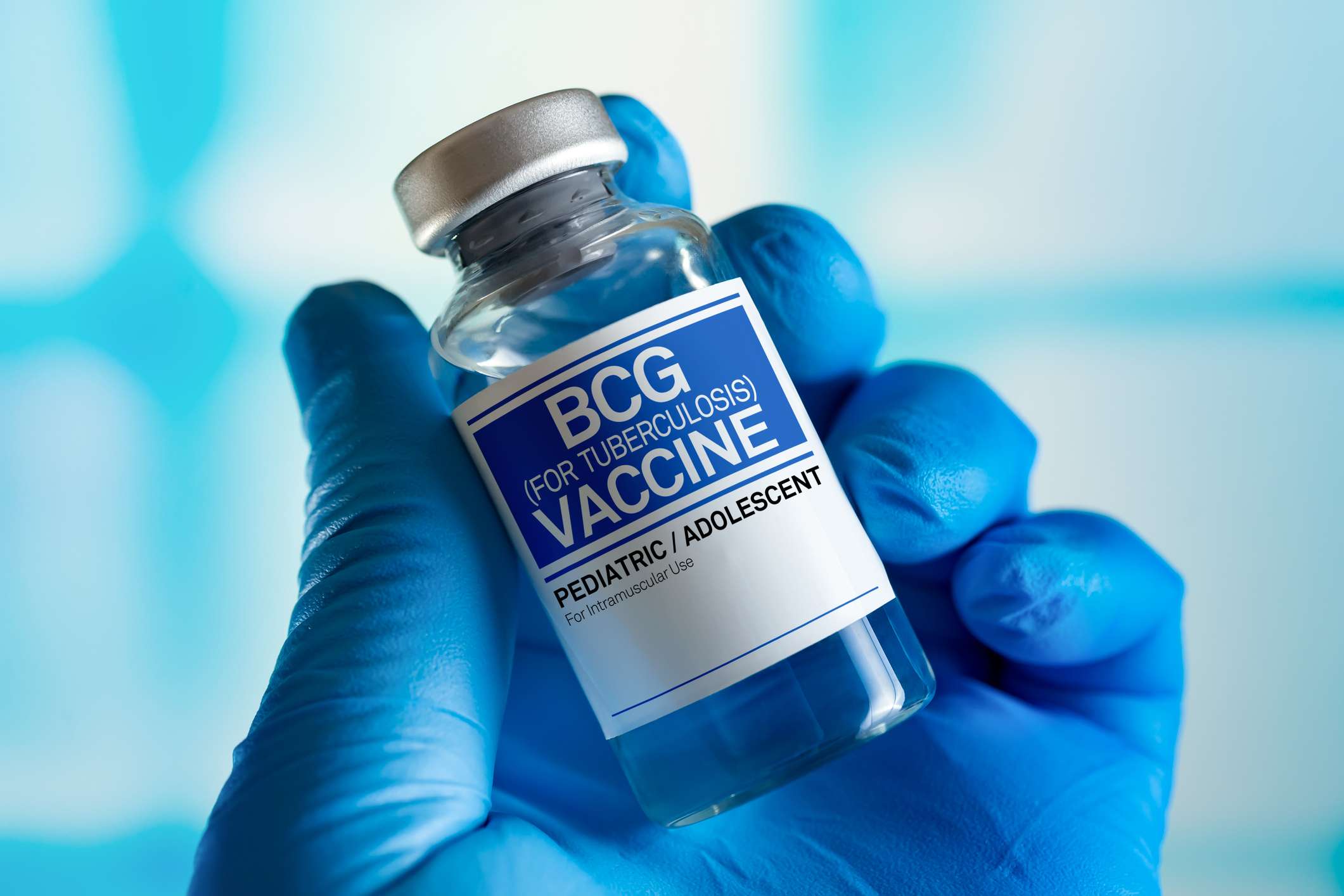Basics
The BCG vaccine or Bacille Calmette-Guérin (BCG) vaccine is an attenuated live vaccine against tuberculosis. The vaccine is administered into the skin (intracutaneously). The vaccine contains the bacterium Bacillus Calmette-Guérin. It is important to note that the vaccine does not protect against infection or the spread of the germs. The course of the disease is also only minimally affected by the vaccination. The only benefit of the vaccine is to prevent serious complications in children. These include miliary tuberculosis and tuberculous meningitis. Here the vaccine provides very reliable protection. Since the 2000s, however, vaccination has only been carried out in exceptional cases because the number of cases continues to fall and the complications of the vaccination outweigh the benefits.
Today, the BCG vaccine is used to treat various types of bladder cancer. It is also used to prevent the cancer from recurring.


